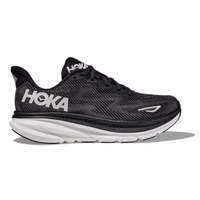I've been living with a knee injury for 10 years and these are the five simple changes I've made to manage pain
Small tweaks to your daily life can make a big difference
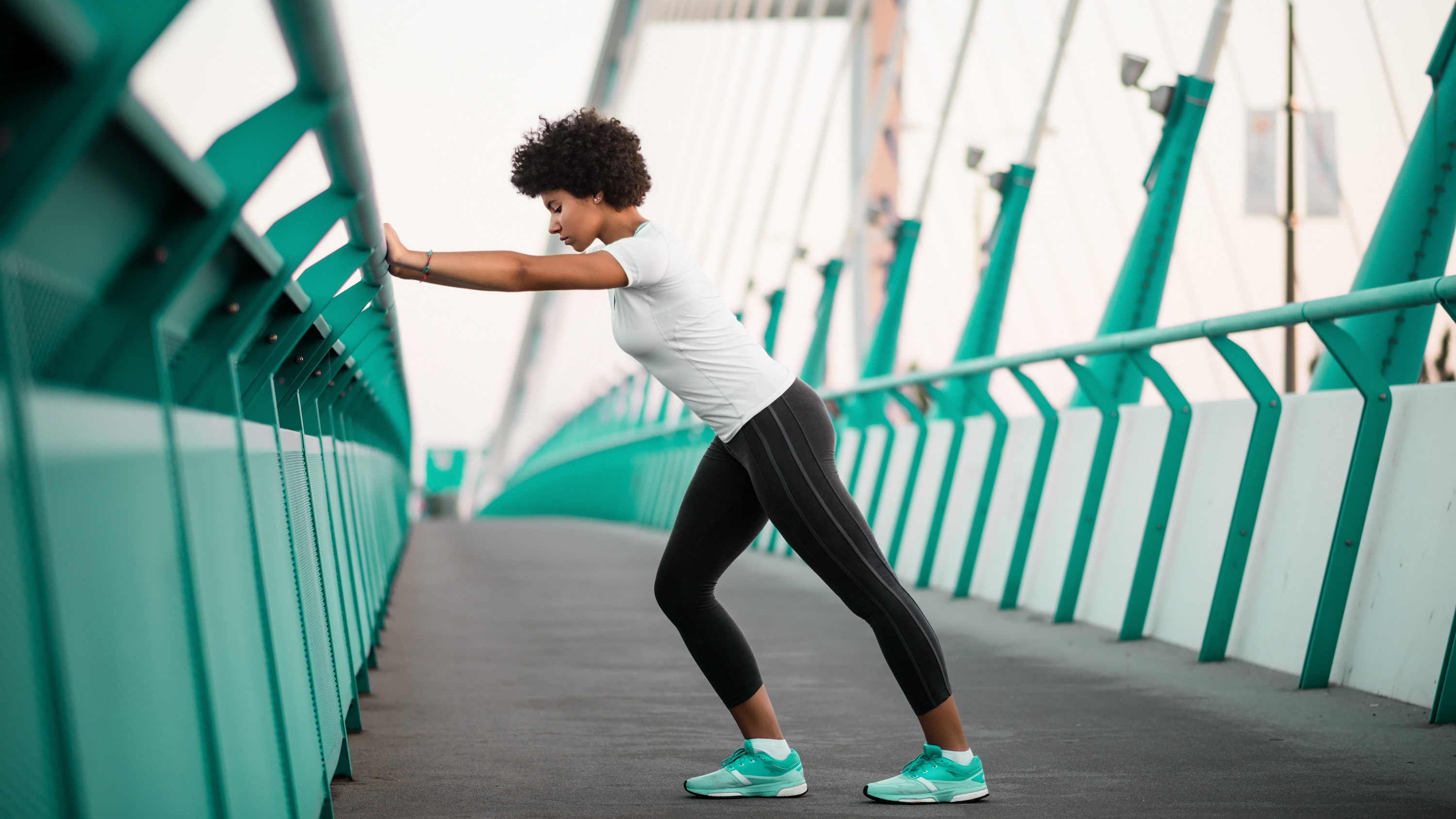
When I first dislocated my knee ten years ago and opted not to have surgery, I thought knee pain would be something I just had to live with. I also thought it would stop me from running, lifting heavy weights and playing sports.
But alongside keeping up with exercises recommended by a physical therapist, there are a few small changes I've implemented that have made my knee pain manageable. I can now go weeks and sometimes months without experiencing any pain and I have a varied exercise routine.
Everyone's bodies and injuries are different, but these are the things that have worked for me and my very fragile knee.
1. I try to run on soft surfaces
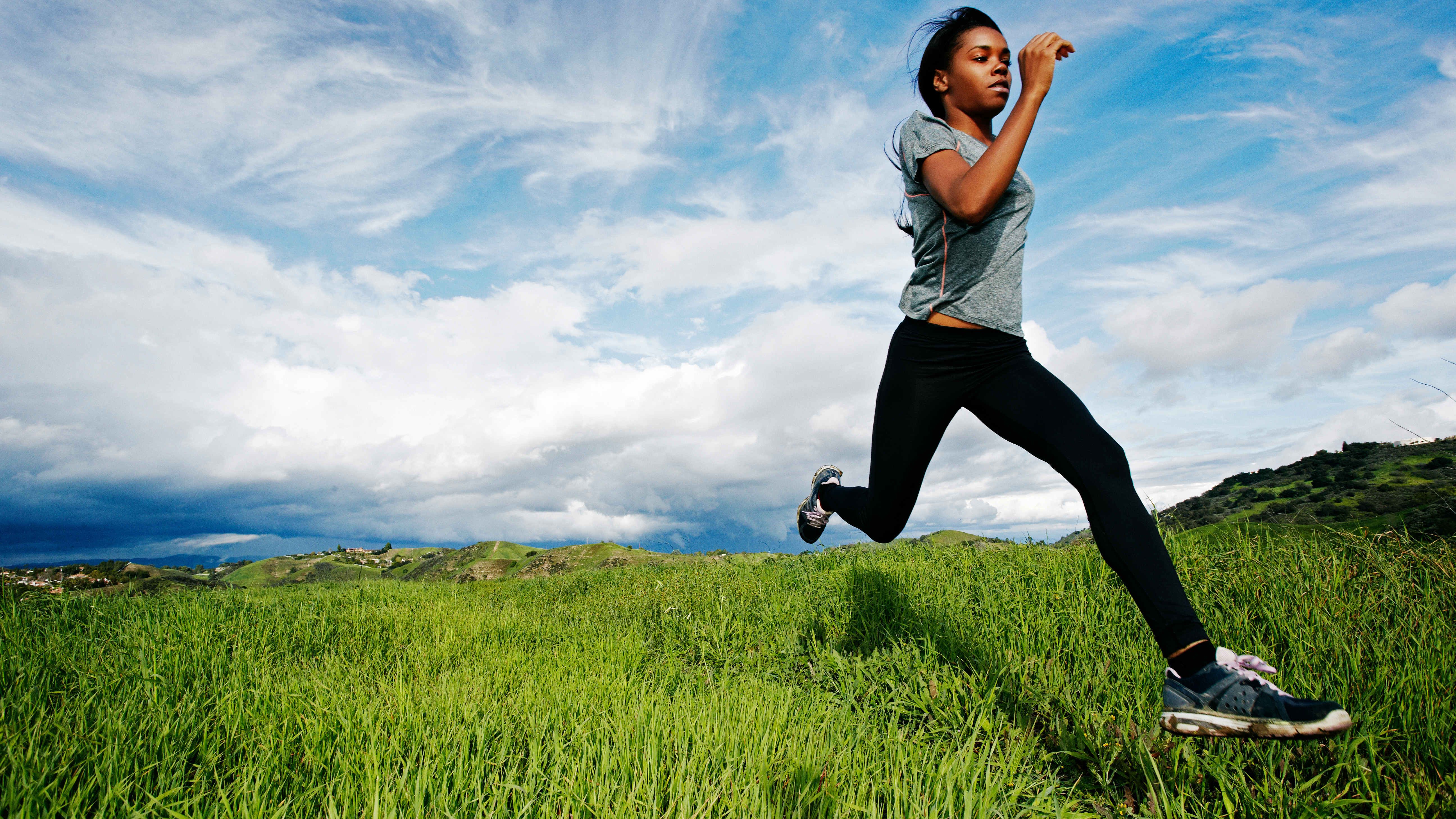
When I first saw a doctor about my knee, I was running regularly and he told me that I should stop. I gave him a look to say this wasn't going to happen and he suggested that I switch to running on soft surfaces.
Opting to run on sand, grass or (to the detriment of my white trainers) mud makes running far more comfortable, and reduces damage to my knee joint.
"Hard surfaces like concrete or asphalt create more impact stress on the knees due to repetitive pounding, whereas softer surfaces like grass or mud absorb shock," explains Sochi Friedman, a physical therapist at BetterMe.
I often still do part of my runs on the pavement, as I live in a city so don't have access to endless countryside fields. Friedman explains that this isn't necessarily a bad thing: "It's beneficial to run on a mix of surfaces to help the knees and the overall musculoskeletal system adapt to different stresses."
Get the Fit&Well Newsletter
Start your week with achievable workout ideas, health tips and wellbeing advice in your inbox.
However, as someone with a knee injury, mainly sticking to soft surfaces has allowed me to continue running regularly.
2. I never exercise without warming up
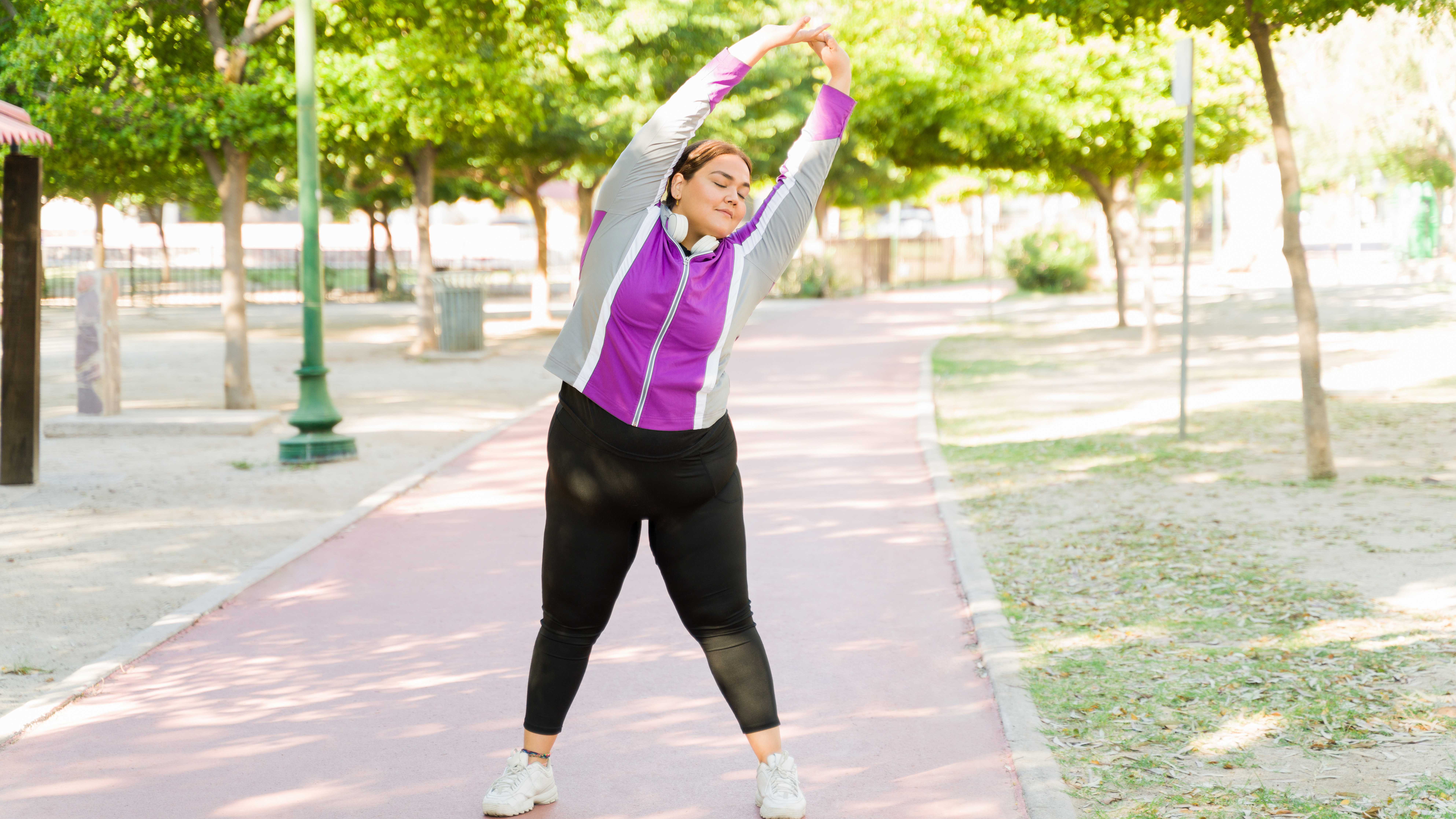
Any trainer will tell you that warming up is important, but it's easy to ignore this advice and I've been guilty of that in the past.
However, taking at least 10 minutes to warm up before I exercise—whether it's strength training, running or playing sport—has reduced how much I experience pain and dislocation.
"Warming up helps prepare the body and joints for more strenuous activity by increasing blood flow to the muscles and improving joint mobility, which reduces the risk of injury," Friedman explains.
I always move through full-body stretching exercises before exercising, focusing on dynamic stretches which prime the muscles and joints for movement.
3. I try not to sit down for more than 30 minutes without a break
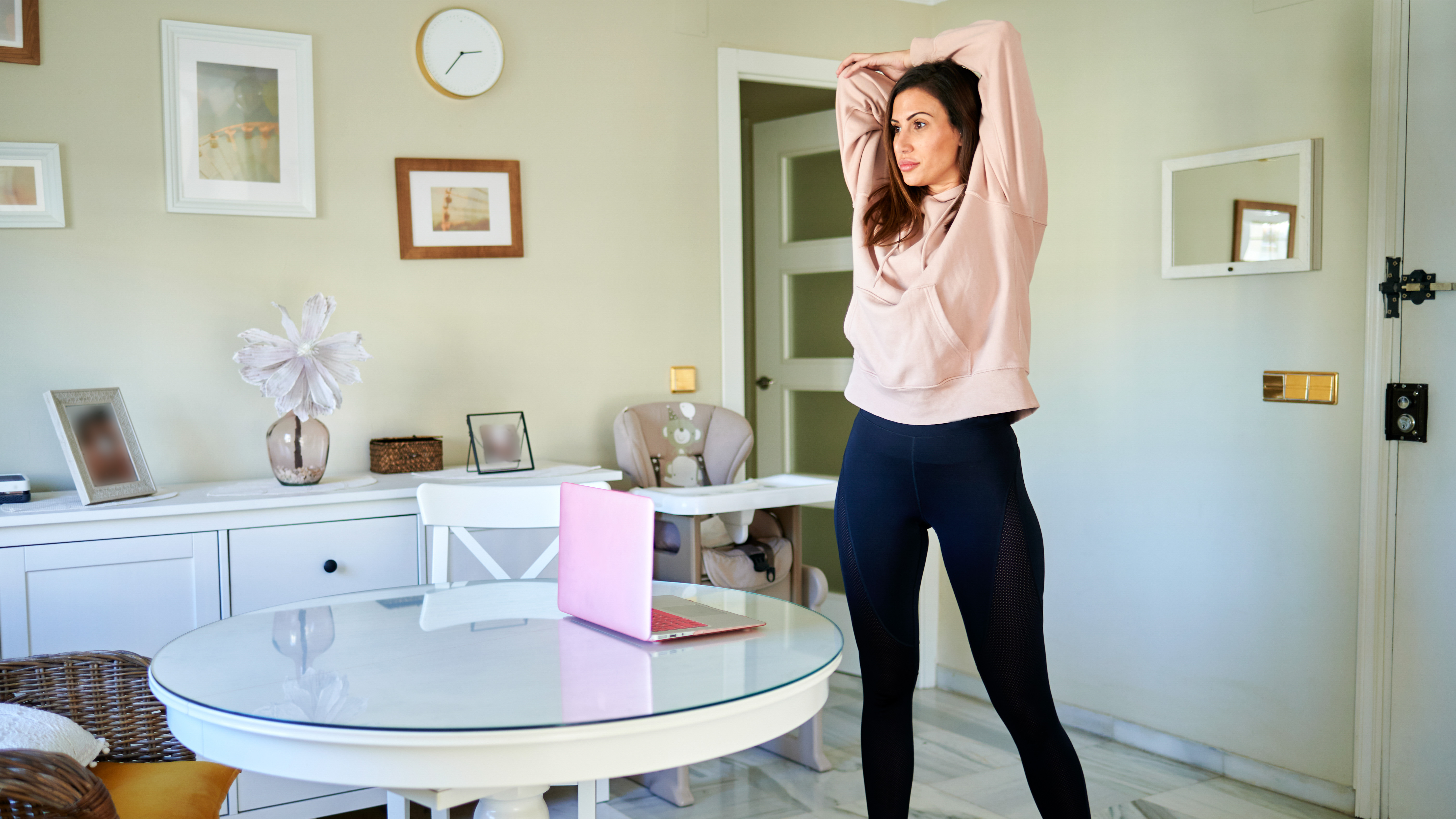
People are often surprised that one of the most uncomfortable things for me as someone with a knee injury is sitting down without my leg supported. When I'm on a long flight or at the theatre, the discomfort around my knee surpasses what I experience when doing high-impact exercise.
For this reason, it's natural for me to get up from my seated position regularly and I make sure to do this even when I'm not experiencing pain.
This is particularly important when I'm sitting in the same position working from home all day, and I try to get up at least every 30 minutes to do a couple of minutes of stretching.
"Prolonged sitting can lead to stiffness, tightness, and weakness in the muscles that support the knees, particularly the quadriceps and hamstrings," Friedman says.
"It can also reduce circulation, which is not ideal for healing if you’re recovering from a knee injury," she continues. "Taking breaks to stretch and move regularly helps prevent these issues."
4. I always wear supportive shoes
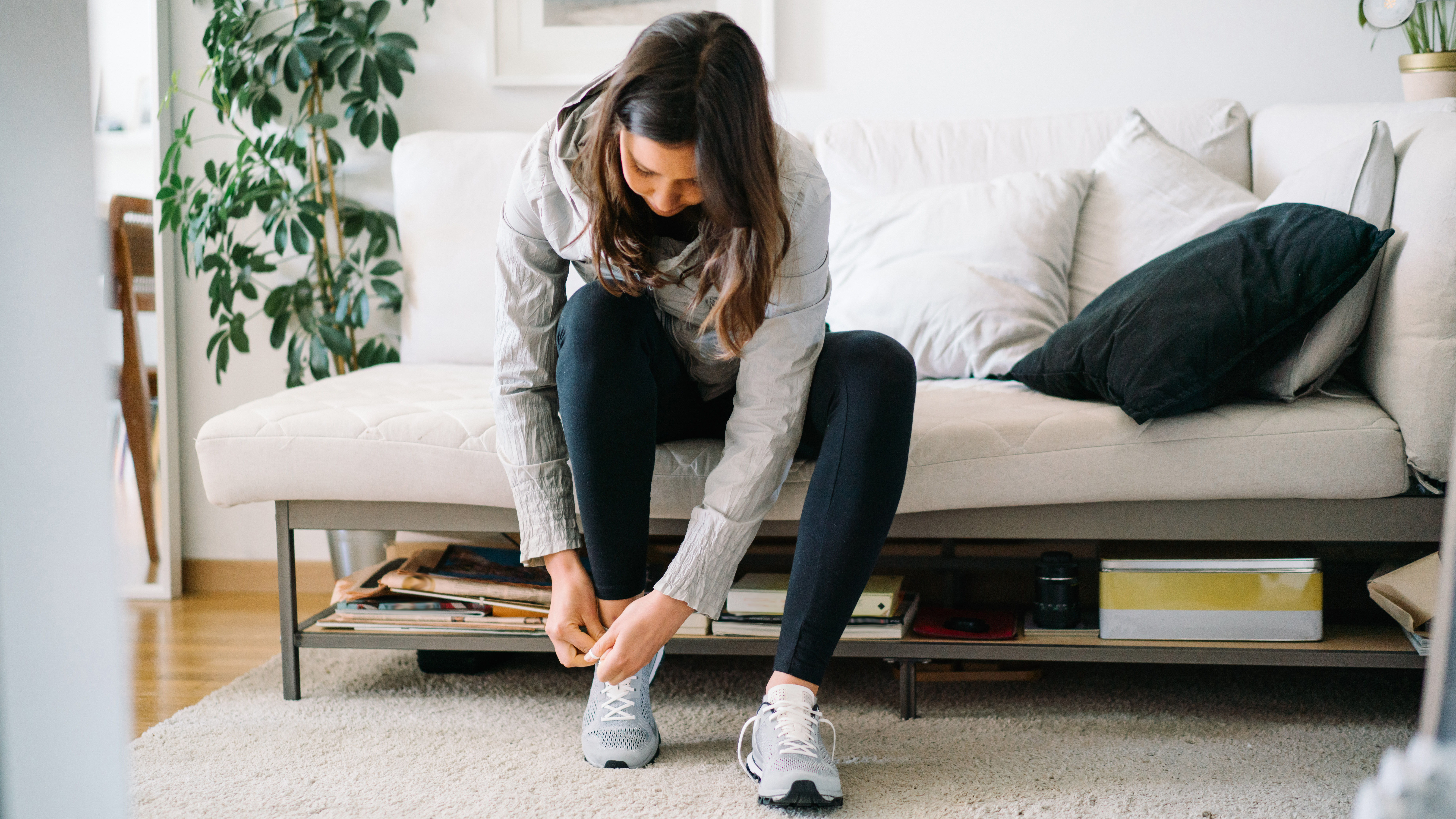
Investing in some sensible shoes was another piece of advice from my doctor when I first injured my knee. Walking around in flat trainers or unsupportive sandals can lead to discomfort and potential injury for me, so I always opt for trainers or walking boots now, even if they ruin my outfit.
Day-to-day I like to walk in the HOKA Cliftons, which are super comfortable and supportive and reduce my knee pain while exercising.
These cloud-like comfy shoes are highly rated in our round-up of the best walking shoes. I like them for cushioning my steps when I’m walking on hard surfaces.
5. I never ignore knee pain
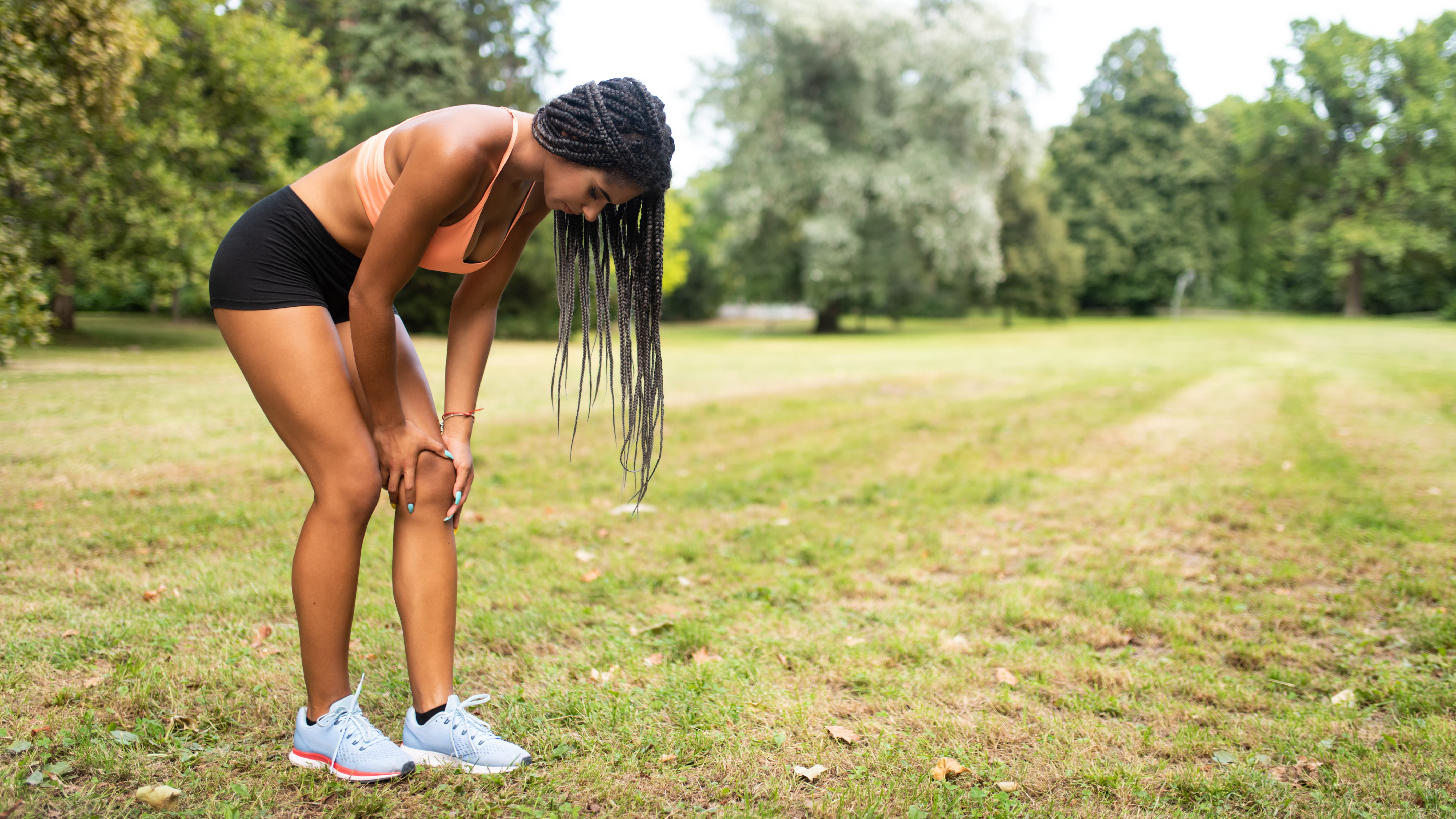
In the past, I'd experience knee pain so often that I'd just ignore it and get on with whatever type of exercise or movement I was doing. Now, if I'm experiencing pain, I'll swap out any high-impact exercise, like running or tennis, for something low-impact like Pilates.
"It’s never a good idea to ignore pain or discomfort. If you experience pain after exercise, make note of it, and if it persists, consult a doctor," is Friedman's advice.
I also try not to panic if I do experience pain or discomfort, as often it's only momentary I can carry on with exercise as planned.
Alice Porter is a freelance journalist covering lifestyle topics including health, fitness and wellness. She is particularly interested in women's health, strength training and fitness trends and writes for publications including Stylist Magazine, Refinery29, The Independent and Glamour Magazine. Like many other people, Alice's personal interest in combining HIIT training with strength work quickly turned into a CrossFit obsession and she trains at a box in south London. When she's not throwing weights around or attempting handstand push-ups, you can probably find her on long walks in nature, buried in a book or hopping on a flight to just about anywhere it will take her.
-
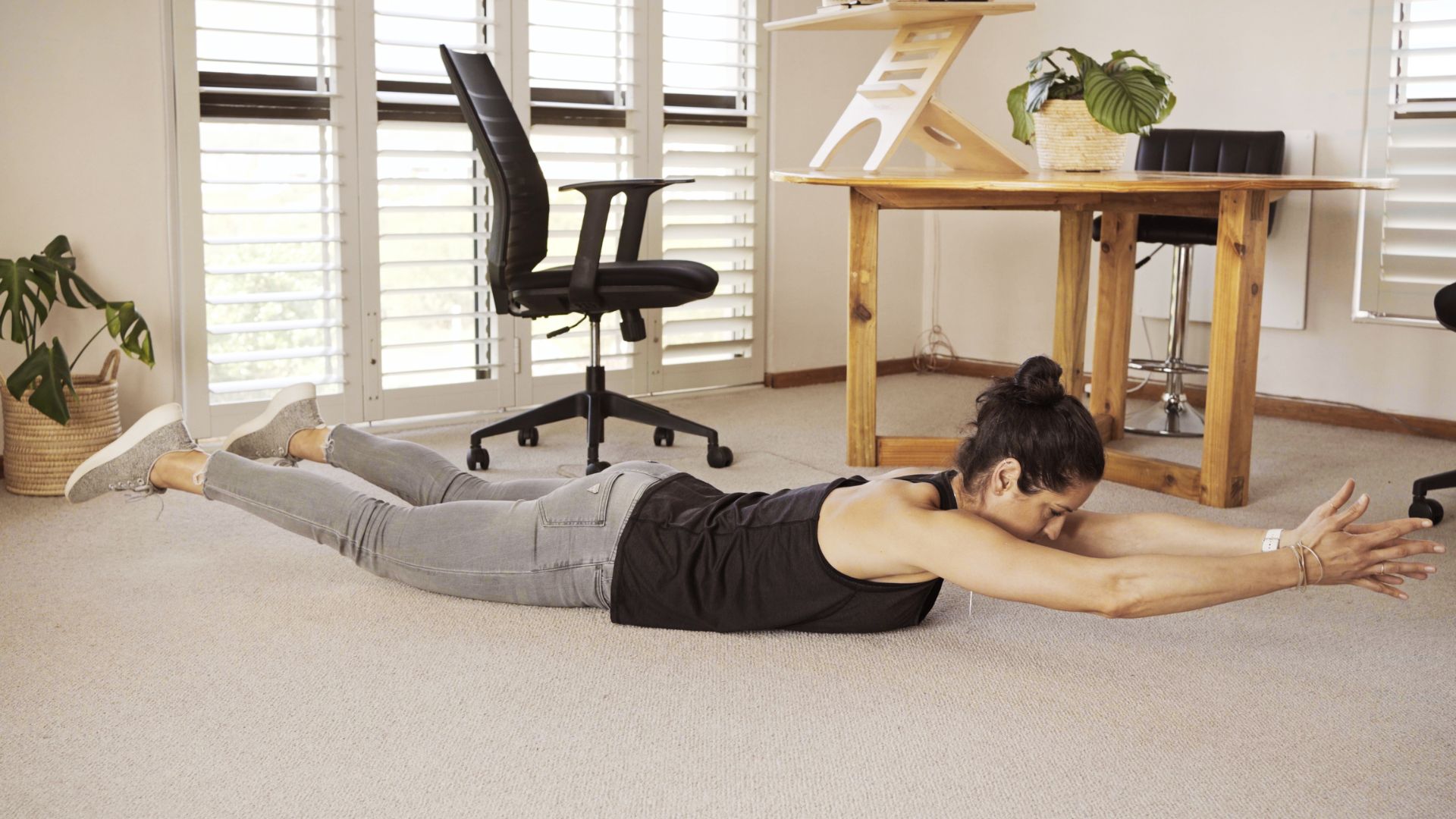 You don't need any equipment to improve your posture—just these three back-strengthening moves
You don't need any equipment to improve your posture—just these three back-strengthening movesThese three exercises will strengthen key back muscles
By Jennifer Rizzuto
-
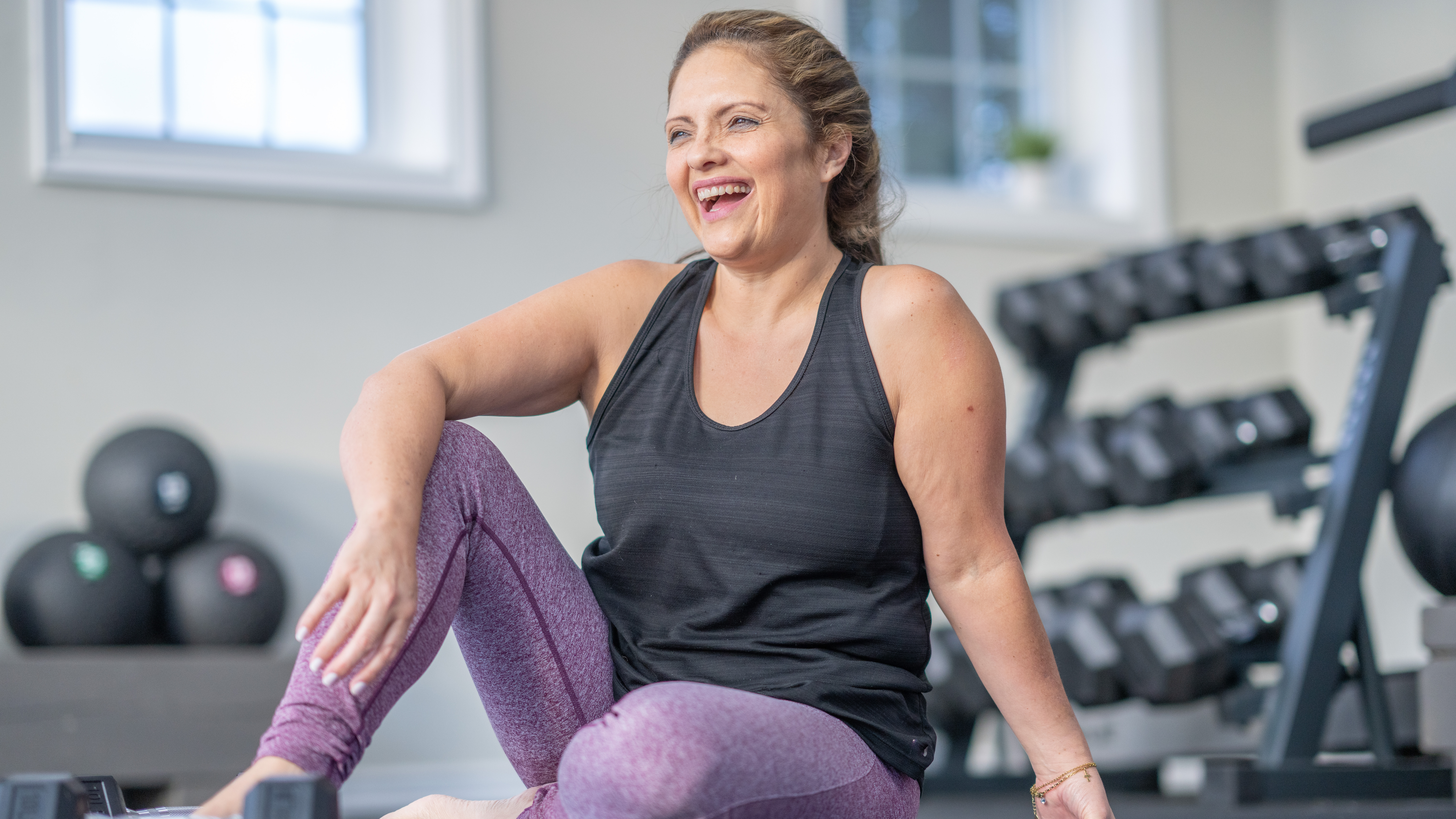 "If I could choose just five moves to future-proof my body, these would be it"—A trainer says this longevity workout will help you build lasting strength and mobility
"If I could choose just five moves to future-proof my body, these would be it"—A trainer says this longevity workout will help you build lasting strength and mobilityBy Lou Mudge
